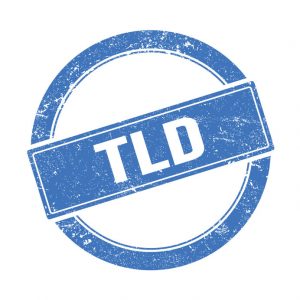
DDoS protection is crucial for any online organization that focuses on staying online. It provides a guarantee that your service or website won’t be affected if a DDoS attack is initiated. So, let’s explain a little bit more!
DDoS attack – definition
DDoS (Distributed Denial of Service) attack is a popular cyber threat that sends massive amounts of traffic to its target – network, system, server.
The goal is to exceed the capacity of the resources and make the victim unable to answer requests of the regular customers. Then, finally, the victim gets completely unable to operate.
Usually, DDoS attacks are initiated towards:
- Websites for online shopping
- Any types of companies and organizations that provide online services







